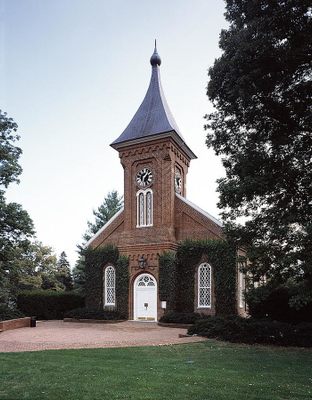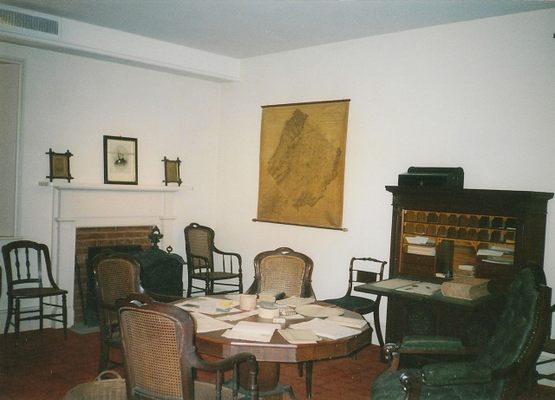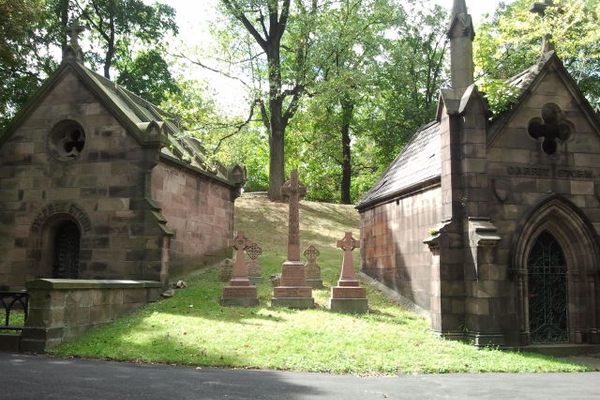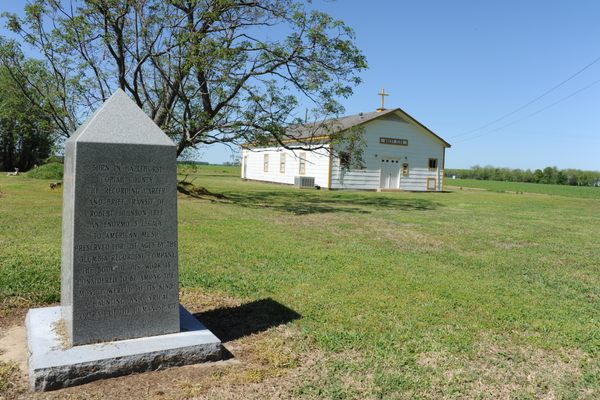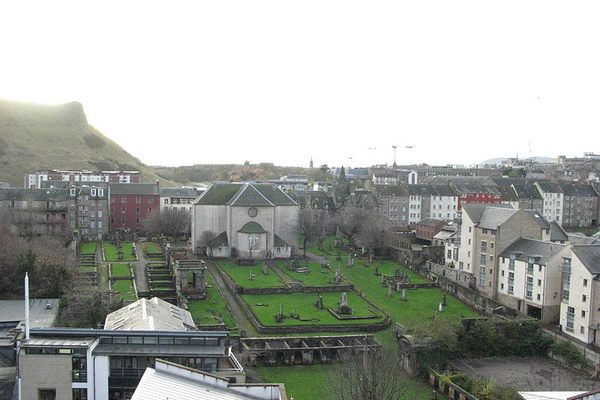About
Confederate General Robert E. Lee is buried beneath this chapel—formerly known as Lee Chapel—on the Lexington campus of Washington and Lee University.
After the Civil War ended with the Confederacy's failed rebellion, Robert E. Lee was in need of a job. And Washington College was in need of leadership. In 1865, Lee became the president of the small school in the rolling hills of Virginia. The school was originally founded in 1749 by Scotch-Irish pioneers. Later, it was renamed Liberty Hall and then Washington College, in honor of President George Washington. Lee is credited with bringing the institution back to life after the destruction wrought by the Civil War.
During his tenure, Lee requested that a larger chapel be built on the campus to accommodate the growing student body. It is believed that Colonel Thomas Williamson of VMI may have designed the chapel, with ample input from Lee and his son, George Washington Custis Lee. The graceful Romanesque chapel was dedicated in 1868, and commencement exercises were held there that afternoon. Lee loved the building, which he called “a pleasing as well as useful addition to the College buildings.” Until his death in 1870, Lee worked out of an office in the basement and attended services in the chapel every morning.
Lee died on October 12, 1870. His wife, Mary, chose the little campus chapel to be both the site of his funeral and his eternal place of rest. On October 15th, he was buried in a brick vault in the basement of the chapel. In 1884, a life-sized statue designed by Edward Valentine, known as “the recumbent Lee,” was added to the chapel. Many of Lee’s family members eventually joined him in the vault, including wife Mary and seven of his children. His horse, Traveller, is interred just outside the chapel’s foundation.
In recent years, the chapel has been a lightning rod for controversy as the university has struggled to reconcile its historic connection with slaveowners with a desire to be an inclusive institution. In 2014, student protestors were successful in the effort to have replica Confederate flags removed from the chapel. Today, the chapel is home to the Lee Chapel Museum, which tells the story of both the Washington and Lee families. Despite objections from campus groups, many university lectures and ceremonies continue to be held in the chapel, including new students’ mandatory introduction to the school’s unique honor system.
Although the school still retains Lee’s name, the chapel was renamed in 2021 and is now known as University Chapel.
Related Tags
Community Contributors
Added By
Published
February 10, 2016
Updated
June 16, 2023
